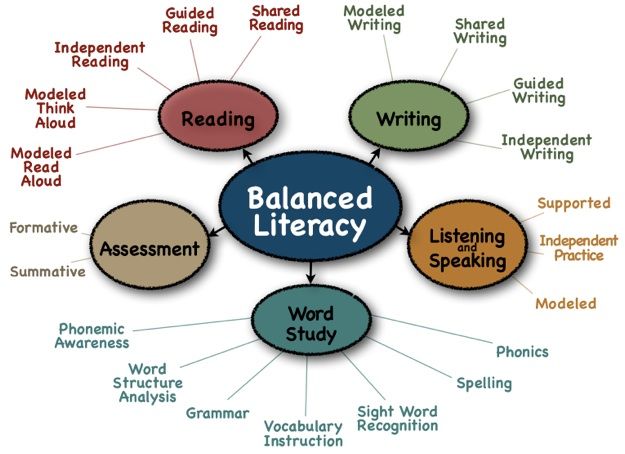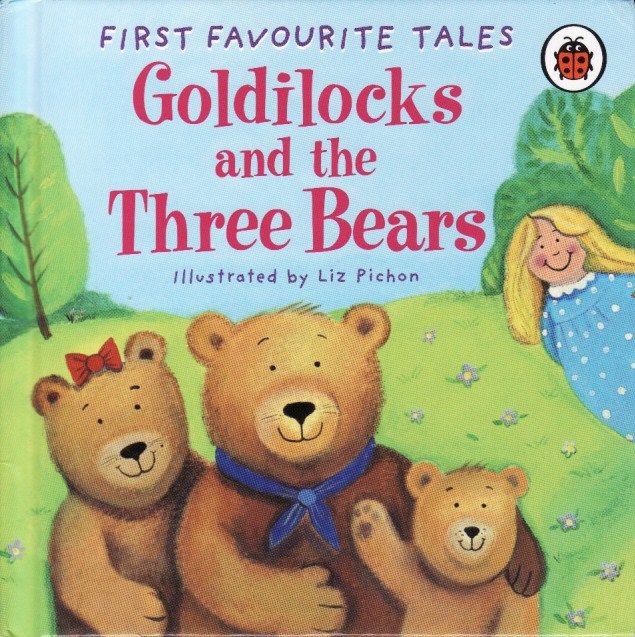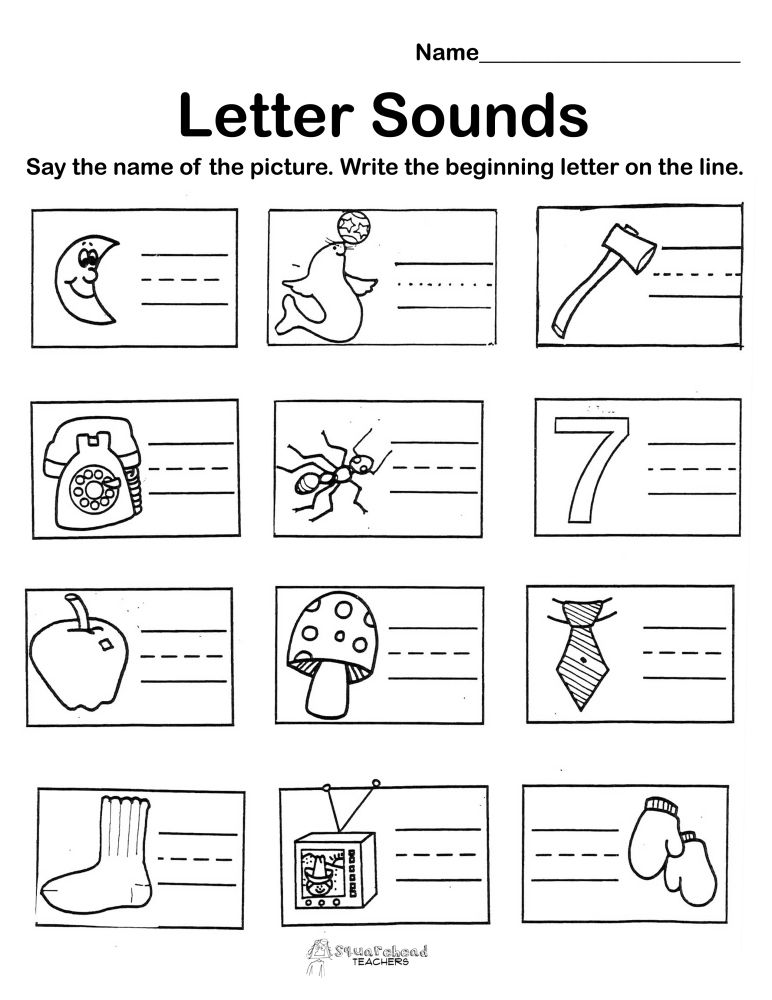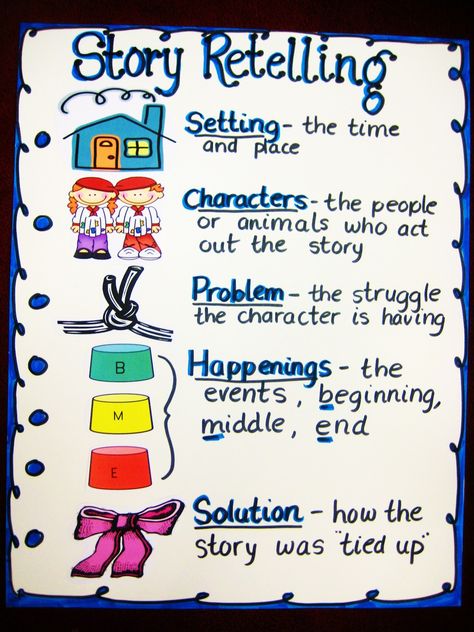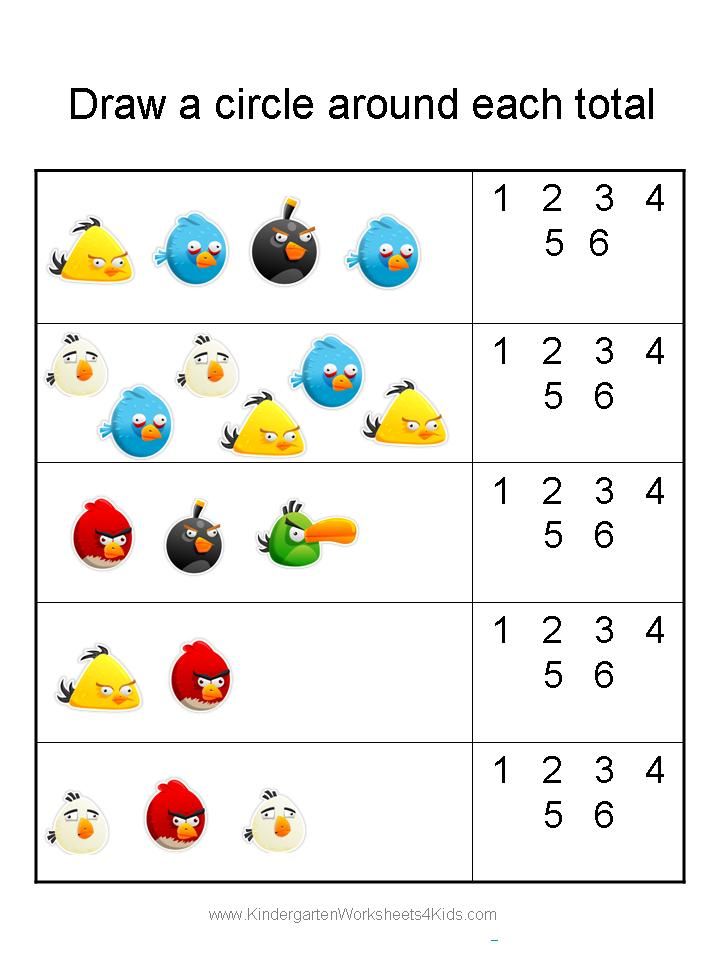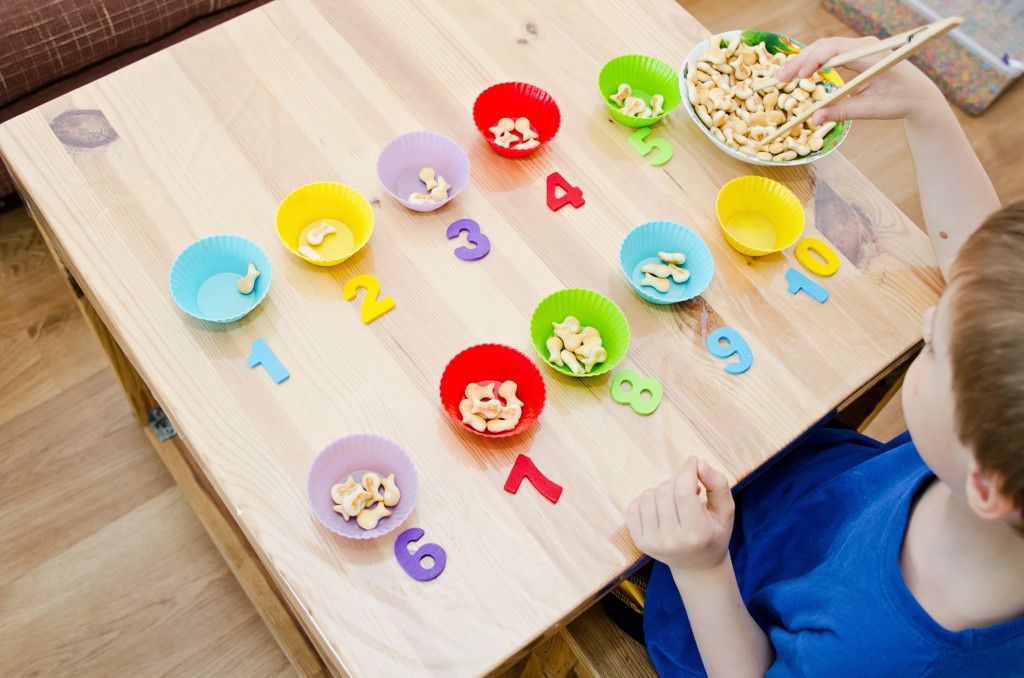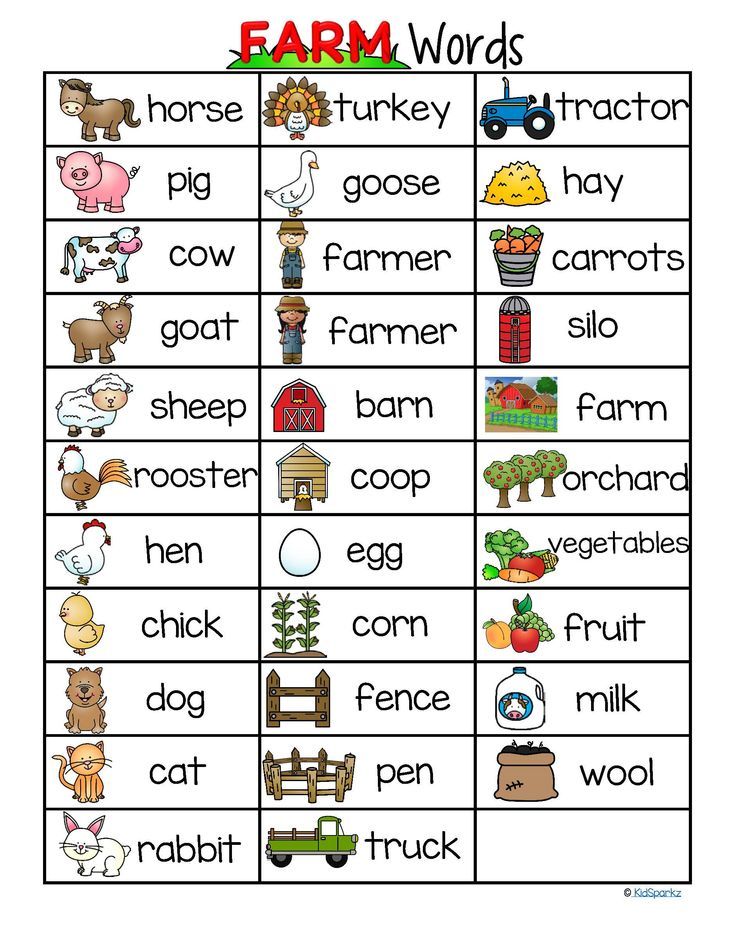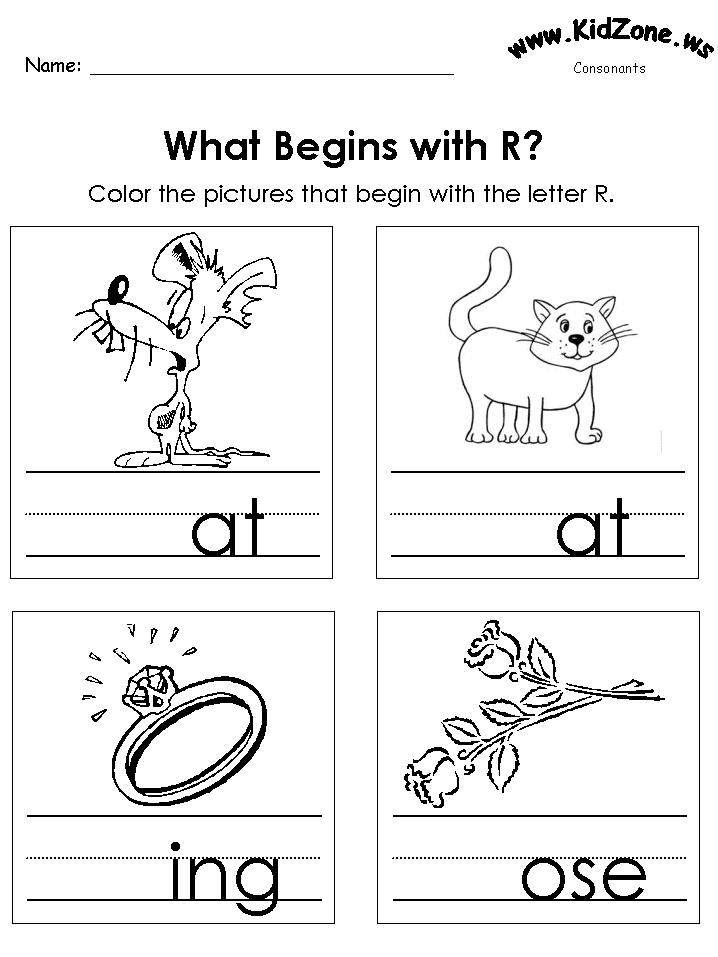Characteristics of emergent reader
All About Early Emergent Readers
1 Comment
- Share
- Tweet
These aspiring readers are learning basic concepts about print and a book. For example, we read left to right, top to bottom and print continues from the end of one line to the beginning of the next (return sweep). They are also learning to identify the parts of a book (e.g. title, title page).
Characteristics of Early Emergent Readers:
Readers at this level are developing letter knowledge – recognizing upper and lower case letters and their common sounds (consonant and short vowel). Before mastering this level, they will begin to develop a bank of high frequency words, commonly referred to as sight words.
While apparent to most adults, a child must learn the one-to-one matching of individual spoken words to printed words. For example, the spoken sounds of “wunsupunatim” represents the following words: once upon a time. They are also grasping sentences and becoming aware of punctuation.
Early emergent readers are also learning and practicing reading strategies. They rely on pictures and contextual clues to understand the text. They can retell a simple story and make a connection between what they know and what they just read.
Ideal Reading Material for Early Emergent Readers:
When selecting books for an early emergent reader, look for the following characteristics:
- Each page displays the print in the same place
- Sentences are written in a pattern (1-2 sentences repeated)
- Illustrations provide support for the text
- Contains familiar objects (e.g. dog, letters of the alphabet ) and experiences (e.g. going to school)
- Contains and repeats high frequency words
Twenty Recommended Books for Early Emergent Readers:
While reading, let an early emergent reader turn the page and trace the sentences with his finger as you read the following recommended books:
- Ann Morris, Hats, Hats, Hats
- Barbara Gregorich, The Fox on the Box
- Bernard Most, The Cow That Went Oink
- Bill Martin Jr.
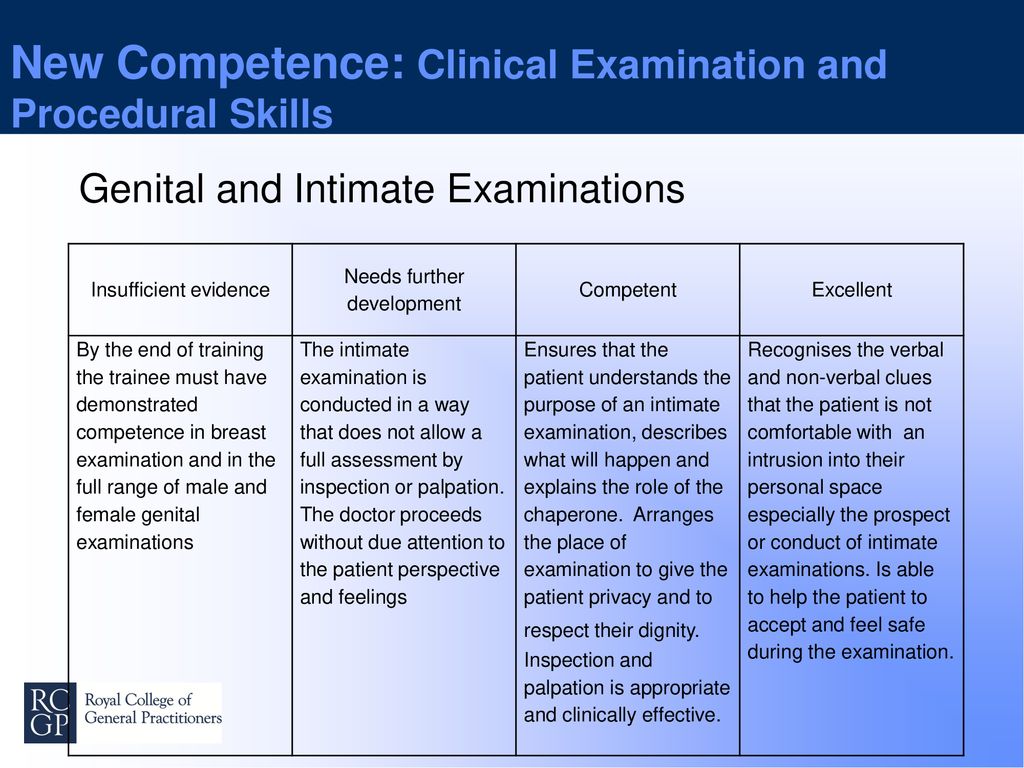 and Eric Carle, Brown Bear, Brown Bear, What Do You See?
and Eric Carle, Brown Bear, Brown Bear, What Do You See? - Bill Martin, Jr. and John Archambault, Chicka Chicka Boom Boom
- Carolyn Bordelon, Octopus Goes Walking
- Chris Van Allsburg, The Z Was Zapped
- David Ellwand, Ten in the Bed
- Dr. Suess, Green Eggs and Ham
- Eric Carle, Do You Want to Be My Friend?
- Gail Gibbons, Trains
- Jerry Pallotta, The Icky Bug Alphabet Book
- Jose Aruego, Look What I Can Do
- Mitsumasa Anno, Anno’s Counting Book
- Nelly Palacio Jaramillo, Grandmother’s Nursery Rhymes
- Paul Galdone, The Little Red Hen
- Shel Silverstein, A Giraffe and a Half
- Sue Williams, I Went Walking
- Tana Hoban, Is It Red? Is It Yellow? Is It Blue?
- Wendy Cheyette Lewison, Buzz Said the Bee
Reader Interactions
What It Is And Why It’s Important
What Is Emergent Literacy?
Emergent literacy is the stage during which children learn the crucial skills that lead to writing and reading.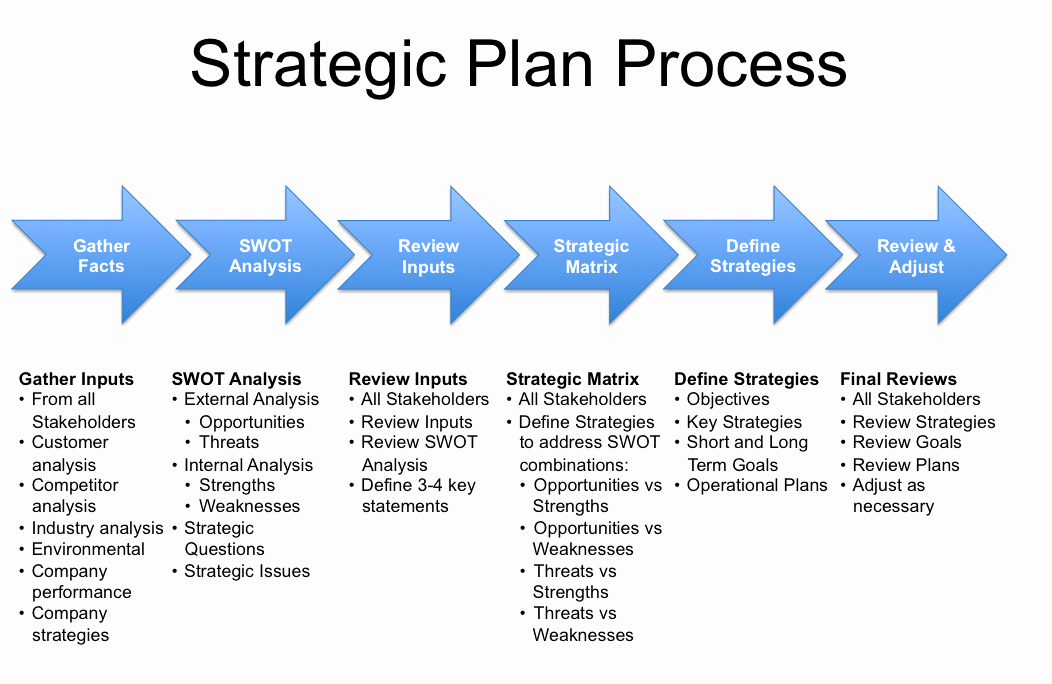
Literacy builds on the foundations of language to include the advanced ways in which we use language to communicate — primarily through reading, writing, listening, watching, and speaking with one another.
Components Of Emergent Literacy
Emergent literacy is made up of several different parts. Your child will encounter these essential components as they begin to explore reading. They include:
- An interest and enjoyment in print — handling books and relating them to their stories or information.
- Print awareness: how to handle a book, reading from left to right. Your child recognizes pictures and some symbols, signs, or words.
- An interest in telling and listening to stories. They attend to, repeat, and use some rhymes, phrases, or refrains from stories or songs.
- They make marks and use them to represent objects or actions. An understanding that words are made up of letters, recognizing letters when they see them.
- Your child comprehends meaning from pictures and stories.

And the list goes on! Really, emergent literacy components help your child understand the basic tools they’ll need to read all sorts of books and other materials in the future.
Why Is Emergent Literacy Important?
Almost every skill we learn in life requires some preliminary learning in order to finally achieve mastery. For example, you probably didn’t wake up one day knowing how to make pancakes (although if you did, we would love to learn your secrets!).
Instead, you first had to learn what ingredients you needed, how much to measure each item, how long to cook the batter, and so on.
Reading and writing require these same preparatory steps, also known as emergent literacy.
Emergent literacy preps your child’s brain with the skills they’ll need to learn how to read. And while this may sound complex, many emergent literacy skills develop naturally!
When your child points at something and you follow their direction or when you call their attention to noises, objects, or people in their surroundings by speaking to them, you’re helping your child develop emergent literacy skills.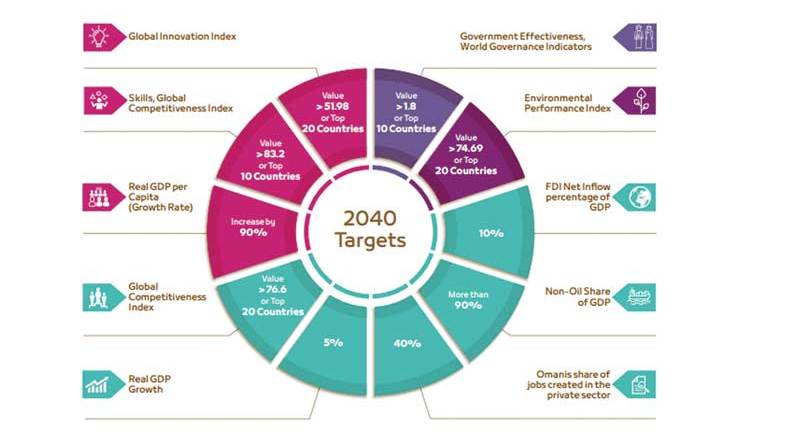
You’re helping them acquire the same tools they’ll incorporate into their future learning, from reading their very first storybook to writing a master’s thesis.
Supporting Your Child’s Emergent Literacy Skills
Here are some fun and easy ways you can stimulate your child’s emergent literacy skills at home.
Read Aloud
Reading aloud is the most effective way for a child to learn to love books and the power of stories. Loving to read begins with loving to listen to stories!
Our team at HOMER believes that investing in read-aloud sessions with your child substantially improves many of the skills they need on their lifelong reading journey.
For emergent readers, there are few things more wonderful (or effective) than sitting down with mom or dad and uncovering the worlds that live between the covers of a book.
With you as their guide, your child will grow more confident and reassured as they gradually learn about the things they love (like how many different types of dogs exist or how the sky makes rainbows).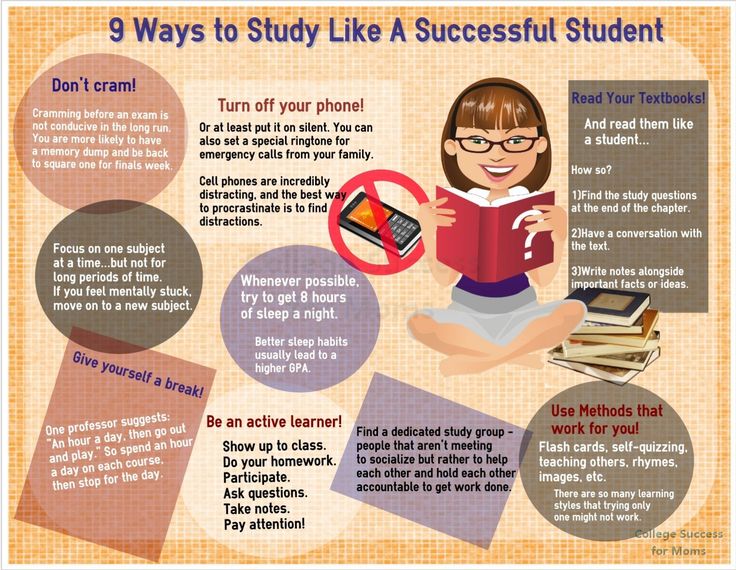
Reading aloud to your child also helps strengthen their imagination and build their curiosity. While listening to you recount the wonderful world inside of a story, your child’s mind will be actively running through images, scenarios, and all the colorful possibilities that lie beyond the page.
Reading aloud is one of the easiest, most rewarding ways for you to bond with your child while helping them learn. Consider that by reading aloud to them and encouraging their participation, you are empowering them as learners.
Additionally, you will reap the benefits of understanding their interests more deeply, engaging with their budding imagination, and instilling confidence in their learning process.
Let Your Child Take Charge
As your child grows, their sense of independence and autonomy continues to develop. While we know these early years are precious, we also know you’re hopeful your child will grow into a strong, independent learner who reads well and frequently.
Allowing your child to assert their unique personality and independence every now and then can be beneficial in engaging their emergent literacy skills.
These moments may seem small at first, but even the simplest freedoms in your child’s routine can have huge impacts on their individualism! It’s all about allowing your child to exert a certain amount of control over their reading time.
For example, instead of you turning the pages during your reading time together, allow your child to dictate when the pages should be turned. This may take some getting used to for them as they learn the pace of reading aloud in conjunction with the words they see printed.
You can also let them experiment with narrating! Even if your child cannot read yet (we know they’re called emergent readers for a reason!), allowing them to use their toddler-talk through the story shows them that they will read one day not far away.
Finally, letting your child pick out the book you’ll read together is a great way to engage their sense of independence.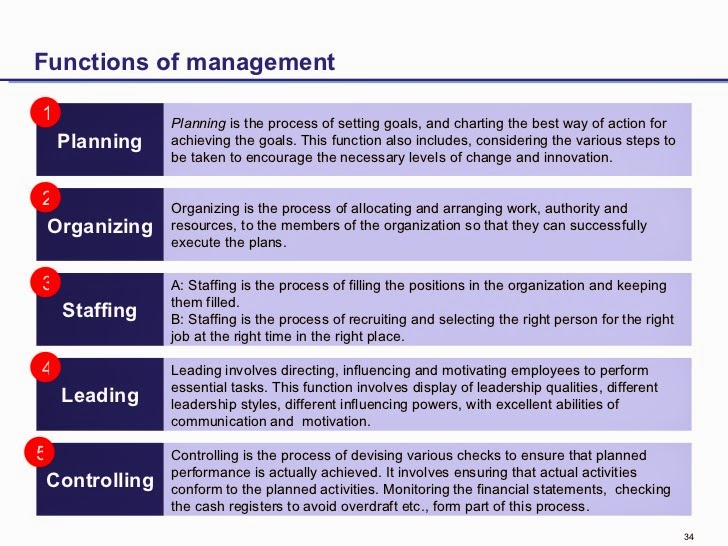 It gives them something to look forward to while reading with you and also gives you insight into their interests.
It gives them something to look forward to while reading with you and also gives you insight into their interests.
If you find your child keeps reaching for the same book multiple times, don’t worry — rereading is highly beneficial, too!
Take Your Time
Don’t be afraid to slow it down for your child while you’re reading together, or even just in your daily speech.
We know we’re all guilty of it. For so long, our babies aren’t sure how to “properly” talk back yet, so there may be the occasional time when we find ourselves mumbling to our baby without really engaging them, or simply saying nothing at all!
Taking time to be more conscientious of the ways in which you talk to your child, especially in their very young years, can help them gain the skills they’ll need to read, speak, and write.
Especially when reading together, there’s no need to rush! We recommend taking your sweet time. Even if it’s just with one page of a book at a time, slow down and ensure your child is engaged.
Consider these questions:
- Does your child recognize every animal on a page?
- Do they know what color this character’s hair is or whose hair it resembles in your family?
- Do they know what sound a truck makes?
- When you say the word “surprise,” does your child react in a way that conveys understanding (throwing their hands up in exclamation or even clapping)?
Addressing these questions can help you and your child slow down and take in all the details that are in a story.
Keep The Conversation Going
If you like the idea of our last emergent literacy strategy, this one pairs perfectly with it!
We know half of the adventure in helping your child learn to read is figuring out what gaps in their understanding still need to be filled. The other part of the journey is keeping them engaged and interested and seeing how far your conversations with one another can go!
As your child expands their vocabulary and begins utilizing it, we encourage you to elaborate on the things they may point out to you. For example, if you’re walking together and they see a dog, they may point at it and say, “puppy!”
For example, if you’re walking together and they see a dog, they may point at it and say, “puppy!”
In any scenario like this, following up their observation with a cheer is great. Following up with more questions is even better! After affirming they saw the right thing (or correcting them if they mistakenly called it a kitty, for example), ask them about details and descriptions.
You could say, “Does this puppy have long ears? Yes, he does! Feel how soft his ears are. Isn’t his fur shiny, brown, and so soft? What a cute puppy.”
Injecting these details and descriptions into your conversations might feel silly, but it helps your child immensely!
By expanding on the image they identified, you’re directly contributing to their understanding of the scene in front of them. The next time they see a puppy in a park, they may take your lead and say, “Look! A big puppy!”
This progress shows that your child’s emergent literacy is growing!
Let Your Child “Write”
Emergent literacy incorporates writing as well as reading.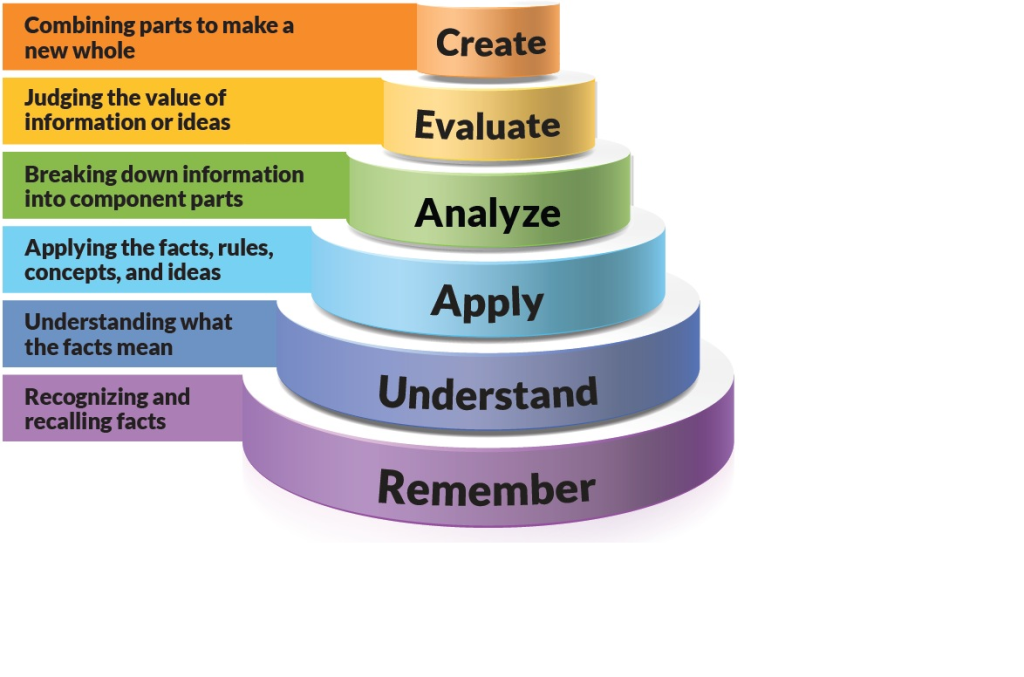 This may sound a little crazy — how can your child write if they don’t know how to read yet?
This may sound a little crazy — how can your child write if they don’t know how to read yet?
While your child may not be able to correctly write out words, we certainly encourage you to let them try! Even if it’s just scribbling, allowing your child to practice “writing” gets their brain going in the right direction.
It also prepares them for what writing is really like and shows them that they have the power to put words on paper. There are stages of learning how to write, and scribbling is the first step!
Asking for your child’s help with writing out short tasks can boost their confidence and their excitement about learning to write. Good options include grocery lists, birthday cards, get-well-soon cards, thank you notes, or notes for their siblings and family.
Whatever keeps them excited and engaged is a great vehicle for motivating their writing skills!
Emergent Literacy Is Just The Beginning!
We know that emergent literacy is only the start of your child’s reading and writing journey.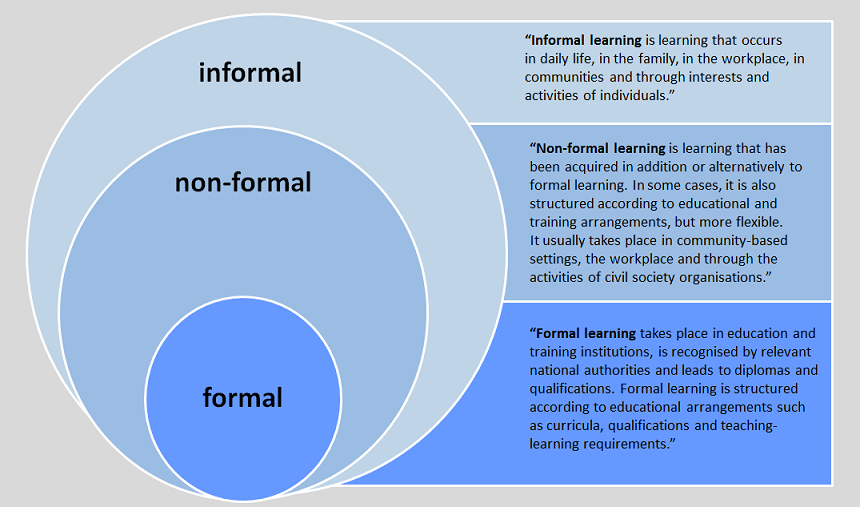
While you and your child are probably thrilled at the idea of their eventual independence and confidence when it comes to handling books, it’s going to take some time. And that’s perfectly OK!
Every child is different and will learn how to read and write in their own time. The important part is enjoying the adventures you have together on the way there!
We hope our emergent literacy tips were helpful! If you ever want to change up your routine and explore new ways to touch on these skills, our Learn & Grow app is a great place to start! The personalized practices will give your child the tools they need for their learning journey.
Author
Comparative characteristics of developmental learning systems D.B. Elkonina-V.V. Davydova and L.V. Zankov.
V.V. Davydov and L.V. Zankov
Published in the book: Anthropic educational technologies in the field of physical culture: a collection of articles based on the materials of the II All-Russian Scientific and Practical Conference. March 17, 2016: in II vol. Nizhny Novgorod: Minin University, 2016. Vol. II.
March 17, 2016: in II vol. Nizhny Novgorod: Minin University, 2016. Vol. II.
From the editorial board. Modern anthropic educational technologies have their predecessors. Back in the 30s of the last century, one of the founders of educational psychology, L.S. Vygotsky formulated the conceptual principle of modern education: "Learning does not lag behind development, but leads it along." If the first part of this provision fixes the connection between mental development and learning, then the second one also suggests an answer to the question of how it leads, what are the psychological mechanisms that ensure the developing role of learning. At the same time, L.S. Vygotsky noted that the development of the child "... has an internal character, that it is a single process in which the influences of maturation and learning merge together."
In the 1960s XX century, a scientific team was created under the leadership of D.B. Elkonin and V.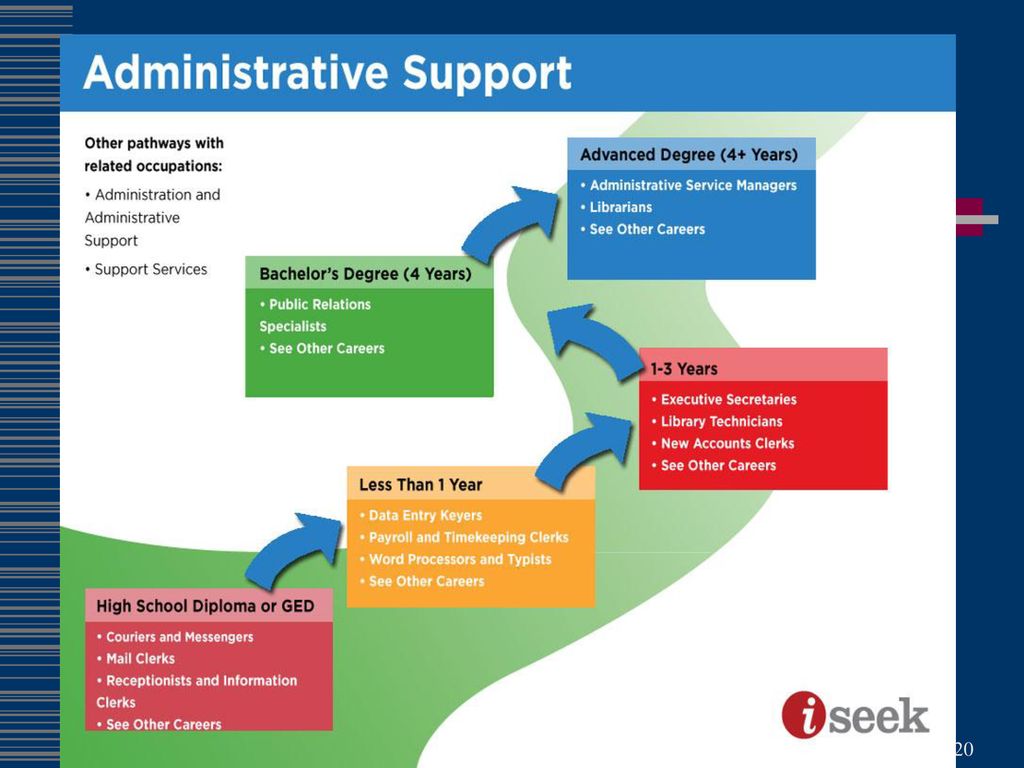 V. Davydov, who studied the importance of primary school age in the mental development of a person. It was found that in modern conditions at this age it is possible to solve specific educational tasks, subject to the development of educational activity and its subject, abstract-theoretical thinking, arbitrary behavior control. Scientists in their experimental study sought to follow exactly the essential points of L.S. Vygotsky and turn it into a detailed theory of developmental learning based on broad factual material. This required the development of several auxiliary theories that concretized and deepened the main points of L.S. Vygotsky. The theory of developmental learning began to take shape at the end of 1950s - 1970s in the works of L.V. Zankova, D.B. Elkonina, V.V. Davydov, in whose works this problem is stated most fundamentally. The term "developmental learning" was introduced by V.V. Davydov to refer to a limited range of phenomena, but rather soon the term entered mass pedagogical practice and exists in fact in all modern educational and training technologies.
V. Davydov, who studied the importance of primary school age in the mental development of a person. It was found that in modern conditions at this age it is possible to solve specific educational tasks, subject to the development of educational activity and its subject, abstract-theoretical thinking, arbitrary behavior control. Scientists in their experimental study sought to follow exactly the essential points of L.S. Vygotsky and turn it into a detailed theory of developmental learning based on broad factual material. This required the development of several auxiliary theories that concretized and deepened the main points of L.S. Vygotsky. The theory of developmental learning began to take shape at the end of 1950s - 1970s in the works of L.V. Zankova, D.B. Elkonina, V.V. Davydov, in whose works this problem is stated most fundamentally. The term "developmental learning" was introduced by V.V. Davydov to refer to a limited range of phenomena, but rather soon the term entered mass pedagogical practice and exists in fact in all modern educational and training technologies.
It is important to note that knowledge is presented to students not in the form of specific information about the objects being studied, but as a means of proving and discovering them. The student independently determines the algorithm of his actions and ways to solve the goals and objectives. The training was carried out within the framework of the standard school curriculum, but at a new qualitative level. Children studying according to the Elkonin-Davydov and Zankov system are capable of self-control and self-education. They have a special approach to the study of the subject, they are not afraid to defend their personal point of view, they are able to think independently and make adequate decisions. One of the students of Academician V.V. Davydov, a modern expert in the field of education development, Professor Vladimir Tovievich Kudryavtsev writes about this in his article.
SYSTEMS OF DEVELOPING EDUCATION D.B. Elkonina-V.V. DAVYDOVA AND L.V. ZANKOVA: FIVE DIFFERENCES
Kudryavtsev V.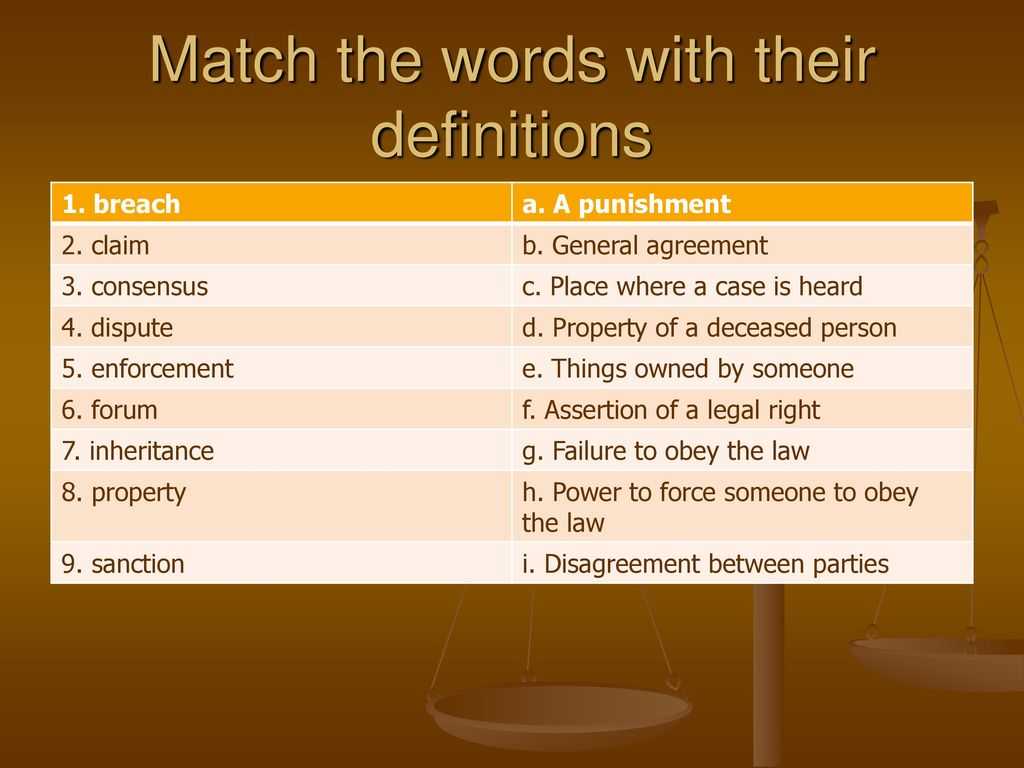 T.
T.
Institute of Psychology. L.S. Vygotsky Russian State University for the Humanities
The article gives a comparative characteristic of D.B. Elkonina-V.V. Davydova and L.V. Zankov.
Key words: developmental education, traditional education, D.B. Elkonin, V.V. Davydov, L.V. Zankov.
D. B. ELKONIN-V.V. DAVYDOVS’ AND L. V. ZANKOV’S SYSTEMS OF THE DEVELOPING TRAINING.: FIVE DISTINCTIONS
Kudryavtsev V. T.
Russian State University for the Humanities
In article the comparative characteristic of D. B. Elkonin-V.V. Davydovs’ and L. V. Zankov’s systems of the developing training is given.
Keywords: the developing training, traditional training, D.B. Elkonin, V.V. Davydov, L.V. Zankov.
There are at least five fundamental differences between the systems of developmental education indicated in the title of the article.
First difference. In traditional education the principle of accessibility dominates. It involves the transition from simple to complex, "from easy to difficult", from concrete facts familiar to the child to generalizations, from elementary generalizations to generalizations of a higher order. Practically the only source of intellectual development of students is an abstract increase in the complexity (difficulty) of the material.
It involves the transition from simple to complex, "from easy to difficult", from concrete facts familiar to the child to generalizations, from elementary generalizations to generalizations of a higher order. Practically the only source of intellectual development of students is an abstract increase in the complexity (difficulty) of the material.
In the Zankov system, the fundamental principle is training at a high level of difficulty. This does not mean an increase in the “average norm of difficulty”, but a specific “difficulty, which consists in knowing the essence of the phenomena being studied” ( Zankov L.V. Didaktika i zhizn. M., 1968, p. 32). Overcoming it requires the reorganization of the intellectual (and all mental) potential of the student, "disclosure of the child's spiritual powers." The training is designed to give these forces "space and direction" (ibid.).
The Elkonin-Davydov system is also aimed at overcoming the limitations of the principle of accessibility and orients children towards the knowledge of the “essence of phenomena”. But unlike Zankov's system, it involves not the reorganization of the existing intellectual potential, represented by the possibilities of empirical thinking of students, but the development of their range of fundamentally new abilities, which are associated with theoretical thinking, theoretical consciousness, theoretical attitude person to reality.
But unlike Zankov's system, it involves not the reorganization of the existing intellectual potential, represented by the possibilities of empirical thinking of students, but the development of their range of fundamentally new abilities, which are associated with theoretical thinking, theoretical consciousness, theoretical attitude person to reality.
Along with this, in accordance with the position of V.V. specific knowledge and skills, characterizing the subject as such a whole (ascent from the abstract to the concrete). Examples of such abstractions are the concept of the ratio of quantities as the basis for a detailed understanding of the nature of real numbers (mathematics), the concept of the relationship of the sound form of a word to its letter composition, which lies at the foundation of specific reading and writing skills (Russian), the image of the relationship "author - artistic the text is the reader”, which determines the whole variety of ways of creative comprehension of literary works of various types, styles, genres, etc. (literary reading).
(literary reading).
Second difference. Traditional education is aimed at didactic training of concrete ideas of junior schoolchildren about reality. Going beyond these ideas, according to his conceptual guidelines, is not available to children due to their limited age capabilities.
The Zankov system puts forward an alternative in the form of the principle of the leading role of theoretical knowledge. She affirms the priority of the formation of conceptual abstractions and generalizations in primary education. This can take the form of mastering: a) scientific terms and definitions; b) dependencies and laws (for example, the commutative law of addition and multiplication - in the course of mathematics; patterns of seasonal changes in the flora and fauna, etc.). At the same time, the importance of mastering specific skills and abilities by younger students is not diminished. This happens “on the basis of general development, on the basis of the most profound understanding of the relevant concepts, relationships, dependencies” (Ibid. , p. 38).
, p. 38).
The formation of theoretical concepts is also a priority for the Elkonin-Davydov system. But here the theoretical concepts have not so much the verbal form of "scientific terms and definitions" (as in Zankov's system), but rather the form of general ways of solving different classes of problems that are expressed in models.
Third difference. In the context of traditional education the rate of progress of students is extremely low. A lot of time is spent on predominantly rote memorization, repetition and consolidation of educational material.
In contrast, the Zankov system is based on the principle of learning the program content of at a rapid pace. This is not about forced learning, but about the rejection of "marking time", "constant movement forward" (Ibid., pp. 34-35). “The continuous enrichment of the student’s mind with diverse content creates favorable conditions for an ever deeper understanding of the information received, since they are included in a widely expanded system” (Ibid. , p. 35).
, p. 35).
Progressive “forward movement” is also the meaning of developmental education according to the Elkonin-Davydov system (otherwise, such education could not be called “developmental”). Nevertheless, at the stage of mastering the initial relationship of educational material, the pace of learning slows down by necessity - it requires special work of students, including preparatory work. Compared to this, a ready-made definition is formally memorized easier and faster. However, as the initial attitude is mastered, students begin to flexibly and quickly navigate the holistic educational content, without wasting time solving countless examples to consolidate what they have learned and correct errors that inevitably arise due to formal memorization, etc. And most importantly, they tend to self-development and self-learning. Because of this, there is no need for a long "didactic exercise" aimed at transferring specific knowledge and skills to students, developing specialized skills.
Fourth difference. The principle of consciousness of learning, proclaimed in traditional education, applies only to the assimilation of knowledge, skills and abilities. This can be expressed in the formula: “know (know how, do) and understand that you know (know how, do)”.
The principle of schoolchildren's awareness of the learning process, as it is formulated in relation to the Zankov system, "and is close to the generally accepted understanding of the consciousness of mastering knowledge, and differs significantly from it" (Training and development / Edited by L.V. Zankov. M., 1975. S. 52). (This was written in 1975, and seven years earlier, in "Didactics and Life" the author claimed that he proceeded "from the generally accepted didactic principle of consciousness" / p. 38 /). The specifics of L.V. Zankov is that for him, first of all, the specific side of the teaching is subject to awareness - the lines that connect the educational material into a single structure, the need to memorize certain elements of it, the sources of errors in its assimilation, etc.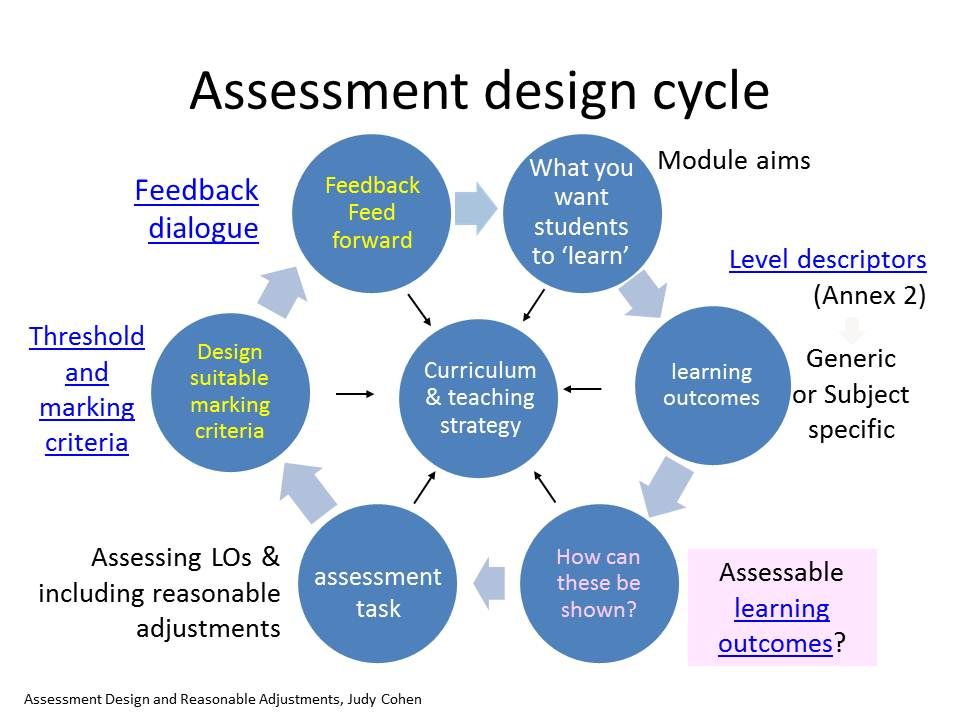
just about understanding the teachings. It is aimed at developing in children special reflexive abilities - reflexive analysis, evaluation and control, which provide the identification of common grounds for educational activities and educational actions. Their development is an essential prerequisite for the formation of the subject of educational activity - willing and able to learn, actively and proactively participating in its design and transformation.
Fifth difference. Traditional teaching makes a clear distinction between strong and weak students. At the same time, weak students are given significantly fewer opportunities for intellectual activity than strong ones. Thus narrowing the prospect of their development. This is compensated by a significant amount of purely training exercises, in particular, in additional classes with underachieving students. At the same time, it is precisely the underachieving, more than other students, who need to carry out with them not narrowly training, but general developmental work.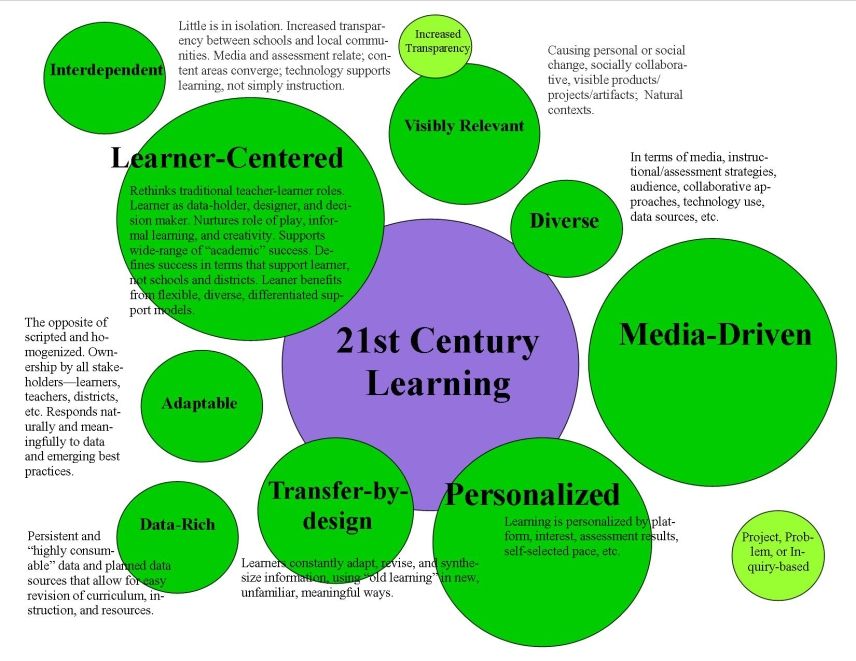
This is opposed by the principle of the Zankov system - the need for targeted work on the overall development of all students in the class.
This requirement also comes to the fore in the Elkonin-Davydov system. In it, it is satisfied through in-depth individual work with each child, including within the framework of dialogue and discussion (including group ) forms of educational activity.
In general, as noted by V.V. Davydov, according to the methods of interpreting the basic principles and their implementation in the educational process, the didactic system of L.V. Zankov does not differ significantly from the traditional one, it is only its “cosmetic” improvement. Moreover, many of the positions of Leonid Vladimirovich Zankov, undoubtedly an outstanding scientist, are presented by him in an extremely abstract and streamlined way. The point here is not the manner of presentation. This is only an indirect sign that the L. V. Zankov (as well as its theoretical justification) is devoid of sufficient integrity and integrity.
V. Zankov (as well as its theoretical justification) is devoid of sufficient integrity and integrity.
A more detailed assessment of the system L.V. Zankova is given to V.V. Davydov in the book "The Theory of Developmental Learning" (M., 1996, pp. 379-382). It is fundamentally important to get acquainted with it, since the systems of Zankov and Elkonin-Davydov, rarely, but still sometimes, two branches of the same tree are considered. And this is not so. Of course, L.V. Zankov, D.B. Elkonin, as well as N.A. Menchinskaya, were students of L.S. Vygotsky. D.B., the successor of the cause, considered himself a follower of Vygotsky. Elkonina V.V. Davydov. All of them, having absorbed Vygotsky's thesis about "learning that should go ahead of development" from an early age, labeled their areas with the term "developmental learning". But this did not mean that there were no significant differences between them on a number of fundamental issues. Including the main question - about the essence of developmental education itself.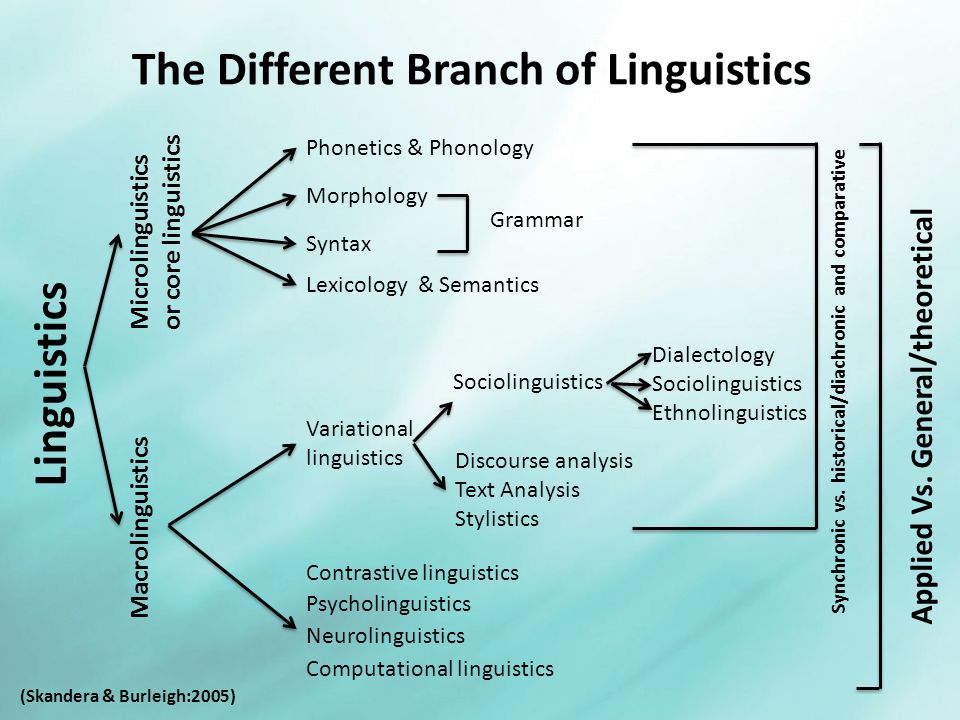
Developmental education system - Informio
Methodological development discussed at the meeting methodological council 27.01.2011 (protocol No. 3) and recommended for practical use
"Children need to be pampered - then real robbers grow out of them
."
Eugene Schwartz "Snow Queen"
System education in its function is aimed at the future development of society, it must ensure this future development. Is the modern organization appropriate pedagogical process to society's expectations?
The scientific and technological revolution in the 20th century dramatically complicated the nature of labor, it became predominantly intellectual, which required adjustments in organization of the pedagogical process, education system. Yes, above the initial school were built on the middle and senior levels, with a fundamentally different, scientific knowledge content.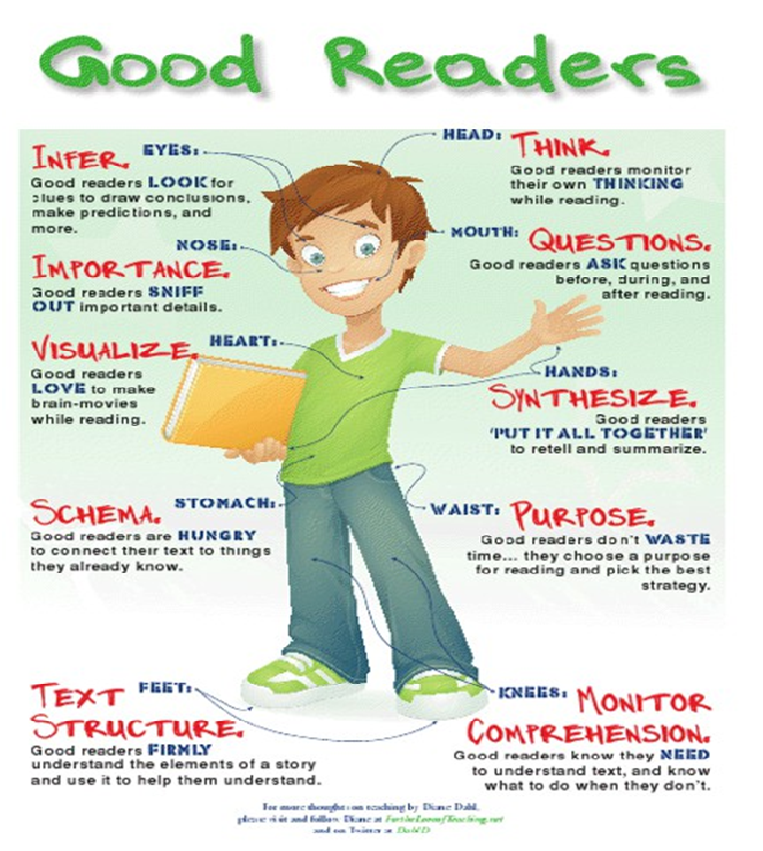 However, it turned out that the majority of students do not know necessary abilities to master them. This gave rise to the unsolvable the contradiction between the demands made by society on its new members, and intellectual potential of students. This was the basis for the search new forms and methods of training and education.
However, it turned out that the majority of students do not know necessary abilities to master them. This gave rise to the unsolvable the contradiction between the demands made by society on its new members, and intellectual potential of students. This was the basis for the search new forms and methods of training and education.
One of the ways to solve this problem was developmental education.
The purpose of this study is to prove practical significance of the developmental education system, including:
1. analyze theoretical provisions of this issue;
2. reveal practical significance of developmental teaching methods;
3. prove the need to apply developing methods in the system of education and upbringing.
Research hypothesis: if you create a learning system based on laws that reflect the nature of man, by which he lives, develops and operates in human society, it will receive a high level socialization of students' personality.
MAIN CONTENT
educational institutions of Russia and, especially, in the system of higher and secondary vocational education.
Developmental education is a holistic pedagogical system, an alternative to the traditional "knowledge" system of education practiced in the Soviet period.
The developmental learning concept was developed in 60-80s under the general supervision of D.B. Elkonin and V.V. Davydov.
In recent years, the attention of teachers has been increasingly attracted to ideas of developmental education, with which they associate the possibility of fundamental changes in education.
With all the variety of historical concepts of education, they are related by the focus on preparing students for independent life. The main goal of education is the formation of personality a new member of society, ensuring that he masters a certain range of skills, knowledge and skills required in the professional socio-political, family spheres of life.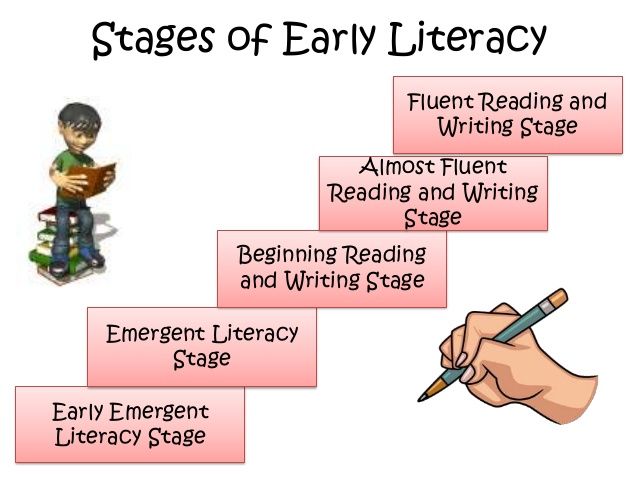
The goal of the work of many leading educators was to create models of the pedagogical process that ensures self-development of the individual, formation in the younger generation of the ability to self-development, to self-knowledge, self-education, self-improvement, through the disclosure of their creative and intellectual abilities.
Outstanding psychologist Lev Semenovich Vygotsky, on the basis of a number of his studies, established that that the development of any mental function, including the intellect of the child, passes through the zone of proximal development, when the child can only do something in cooperation with an adult, and only then does it move to the level of actual development, when he can perform this action independently.
HP Vygotsky pointed out that at school the child learns not to what he can already do on his own, but only to what he can do in cooperation with the teacher, under his guidance, with the main a form of learning is imitation in the broadest sense. Therefore, the zone of the nearest development is decisive in relation to learning and development, and that a child today can do in this zone, that is, in cooperation, tomorrow he will be able to do it on his own and, therefore, will move to the level of the current development.
Therefore, the zone of the nearest development is decisive in relation to learning and development, and that a child today can do in this zone, that is, in cooperation, tomorrow he will be able to do it on his own and, therefore, will move to the level of the current development.
L.S. Ideas Vygotsky were developed within the framework of the psychological theory of activity (A.N. Leontiev, P.Ya. Golperin, A.V. Zaporozhets) which not only confirmed realism and fruitfulness of these ideas, but also, ultimately, led to radical revision of traditional ideas about the ratio of development individuals with learning. A similar approach in the context of educational activities actually meant a rejection of the concept of child development as the development of his cognitive functions and highlighting its formation as a subject various types and forms of human activity.
This approach was formulated in the early 1960s by D.B. Elkonin, who, analyzing the learning activity of students, saw it originality and essence are not in the condition of certain knowledge and skills, but in self-change by the child of himself as a subject [1]. Tem thereby laid the foundation for the concept of developmental education, in which the child considered not as an object of teaching influences of the teacher, but as self-changing subject matter. This concept took on its expanded form in as a result of a number of studies carried out in the 60-80s. under the general direction D.B. Elkonin and V.V. Davydov [2].
Tem thereby laid the foundation for the concept of developmental education, in which the child considered not as an object of teaching influences of the teacher, but as self-changing subject matter. This concept took on its expanded form in as a result of a number of studies carried out in the 60-80s. under the general direction D.B. Elkonin and V.V. Davydov [2].
V.V. Davydov believed that by changing the traditional content of education, it is possible to provide the necessary mental development of students, and in the future, their general mental development, including personal development.
Basic concepts of the developmental education system can be represented as follows:
- Educational institutions : Educational institutions introducing innovations own initiative to meet the growing needs of students and teachers, mainly at the expense of internal reserves, taking into account new ideas and achievements of pedagogy. Having their own face.
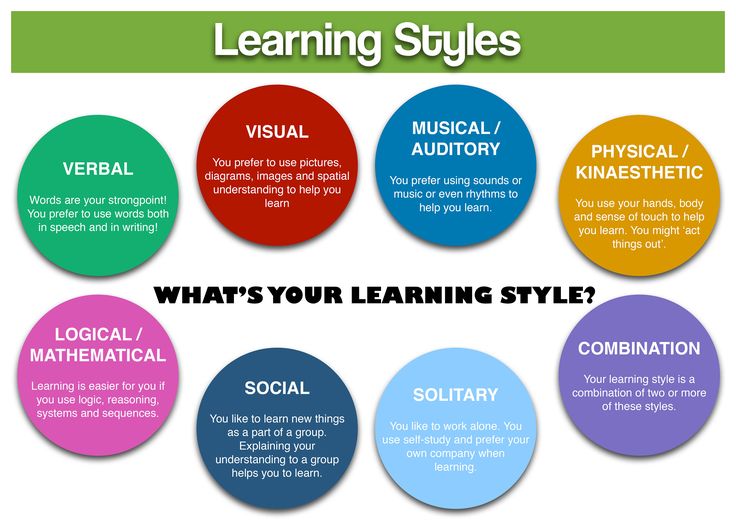
- Aims and objectives training: Personal development. Prevention of development dead ends. Promoting self-realization and self-affirmation of the personality, the formation of more perfect interpersonal and public relations. Modeling of perspective life lines. Humanization of relations. Goals and status are determined by personal requirements. Encouraging students to learn, collaborate, develop, cohesion, mutual understanding, confidence.
- Learning principles : scientific, objective, knowledge-based and taking into account the patterns of life of a growing and developing personality.
- Character activities: creative, productive.
- Contents Activities: Valuables (attitude, beliefs, motives of activity). Integrated courses.
- Technology pedagogical process: The predominance of individually - differentiated forms, creative approach.
 Orientation to facilitate student and pedagogical work.
Orientation to facilitate student and pedagogical work. - Management: Student - subject of activity, source own development. The object of management is a holistic pedagogical situation. Support for personal initiative of students. The teacher is a friend of the children humanist, open to learners and collaborative. Facilitator.
- Style pedagogical activity: democratic, encouraging.
- Result learning: Active, proactive, developed, liberated, self-confident, self-confident self-righteousness, viable personality.
System developmental education did not appear out of nowhere. With the advent of consciousness humanity has questions: how to teach, what to teach, what to develop. Aphorism, cited as an epigraph in the introduction, can be supplemented with the following statements. Oscar Wilde: "The best way to do good children is to make them happy.” Louise Hay: “The best thing what we can give our children is to teach them to love themselves.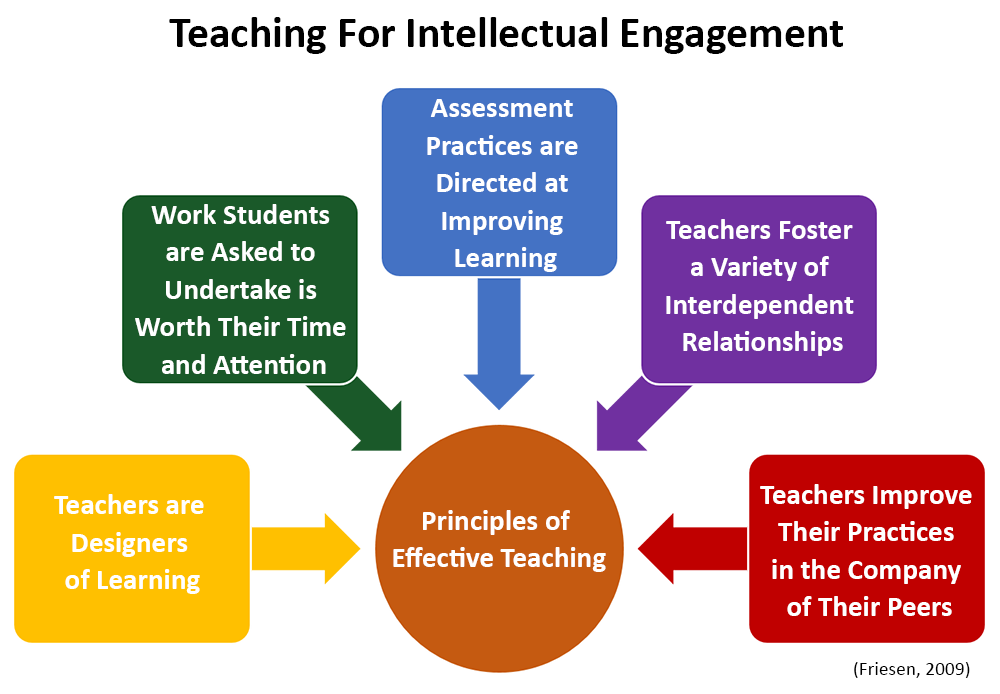 ” Joseph Joubert: "Children we need not teachings, but examples.
” Joseph Joubert: "Children we need not teachings, but examples.
At the beginning of our century in Western Europe, the so-called. "new schools" whose activities were carried out within the framework of the humanistic paradigm. A capital study of these schools was once carried out by N.K. Krupskaya: "In there are already quite a few "new" schools. In 1889d. first school of this kind was founded by Dr. Reddy in England, at Abbotsholm ... Children in "new" schools are full of health. The most serious attention. No pointless cramming. Independence of students given ample space. Interest of the student, satisfaction of his need for activity, creativity are placed in the center of teaching. External discipline and coercion is kept to a minimum. The whole mode of the school is such that it captures student as a whole, contributes to the comprehensive development of his personality. jointly intelligently organized work teaches the ability to live and work together with others. School self-government teaches the ability to organize social life.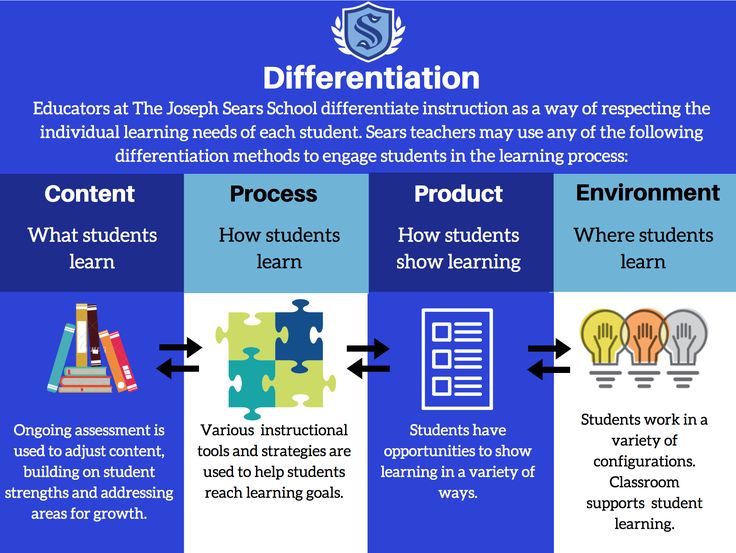 Compared to conventional averages schools, the "new" schools are a huge step forward."
Compared to conventional averages schools, the "new" schools are a huge step forward."
Let's turn our attention to this evidence. To the greatest regret, the basis of the organization the educational process in Soviet schools were based on the ideas of authoritarian knowledge paradigm, the motto of which was: "Knowledge, knowledge at any cost!". But still Ya.A. Comenius wrote that forcing a child to sit over 6-8 books every day hours in class and the same number of hours at home, is "torture, leading to fainting and mental disorder", and argued that learning should be a matter of "pleasant and easy”, taking no more than 4 hours a day.
What should what should a student do in order to learn the method given to him for solving a particular problem? First, he needs to somehow understand the relevant rule, secondly, it is possible to more accurately reproduce the prescribed by him operations by performing a series of appropriate exercises. And at the stage of understanding rules, and at the stage of its application, the activity of the student is limited the framework specified in the rule, the method of action fixed in it, that is it is a reproducing, reproductive activity. The student seems to be walking following the rule, and the more accurately it reproduces the route specified in it, the higher the chances of achieving the final goal.
The student seems to be walking following the rule, and the more accurately it reproduces the route specified in it, the higher the chances of achieving the final goal.
Search activity provides an opportunity to assimilate that system of scientific concepts, which allows the student to become a real subject of learning, acquiring the nature of "quasi-research" (V.V. Davydov) educational activity.
Teacher, if he wants to carry out developmental training, involving the assimilation of the system scientific concepts, should take care of the organization adequate to this task, a fundamentally new educational activity for children. In connection with this, there problem of developmental teaching methods.
Function teaching methods, ultimately, is to organize and support the learning activity of students, ensuring the achievement of goals learning.
Training is based on the educational activity of the reproducing type. Organization of such activity assumes that students, firstly, clearly identify and fix the method of action proposed for assimilation; Second, to some extent understand its meaning and structure; thirdly, they will be able to more or less accurately reproduce it when performing appropriate exercises.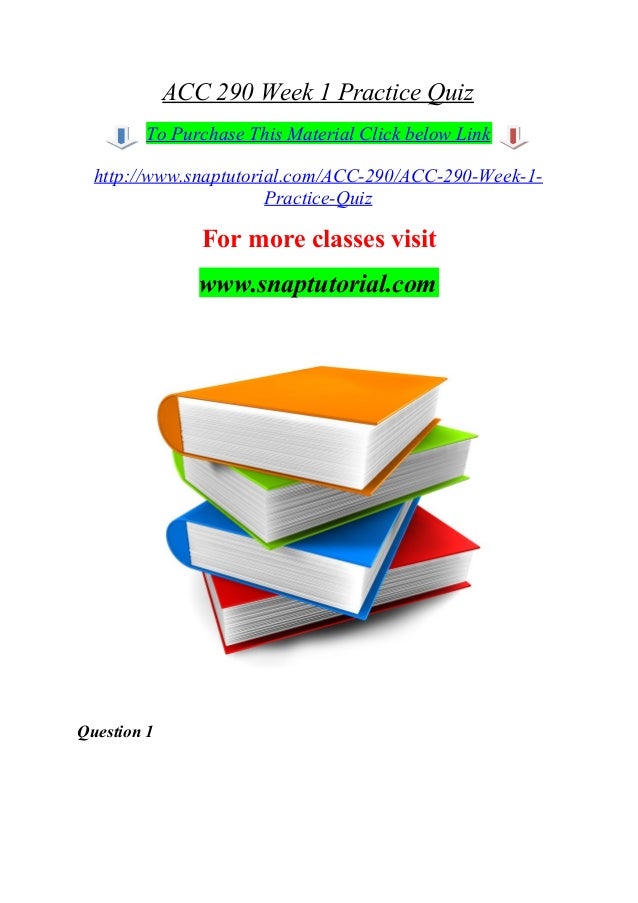 To ensure these most important conditions for the success of the reproducing educational activity of students and directed efforts of the teacher in the learning process. He's going to have to anyway demonstrate a sample of the solution method proposed for assimilation, according to opportunities to explain it intelligibly and to ensure reliable control over the correctness of its application in solving training problems.
To ensure these most important conditions for the success of the reproducing educational activity of students and directed efforts of the teacher in the learning process. He's going to have to anyway demonstrate a sample of the solution method proposed for assimilation, according to opportunities to explain it intelligibly and to ensure reliable control over the correctness of its application in solving training problems.
A necessary initial step in the deployment of a search activity is the setting of an educational task for students that requires them a new analysis of the situation of action, a new understanding of it.
If the teacher managed to set a learning task for the students, then his subsequent efforts should be aimed at organizing its solution, that is, at organizing actual search activity. The teacher must join the search activities of students and organize it "from the inside". Two conditions: first, the teacher should become a real participant in the modern search, and not his leader. Secondly, he should not impose on them the "correct" way of solution.
Secondly, he should not impose on them the "correct" way of solution.
Finally, when the learning task is solved, the teacher will have to organize an assessment of the found solutions.
Setting educational task, its joint solution with students, organization of assessment found method of action, these are the three components of the method that adequate to the purpose and content of developmental education.
Teacher and student jointly search, which acquires the character of a jointly distributed activity.
Involving in a joint educational and search activity with a student activity, the teacher directs it, based on a non-predictive assessment abilities of the student, in accordance with which he rearranges the conditions learning task at each successive stage of its solution.
The style of learning collaboration may vary according to fairly wide range - from easy-confidence to rigidly demanding, but its essence always remains the same: the teacher does not leads the student along, but only helps him to determine the next goal and find the best way to get there.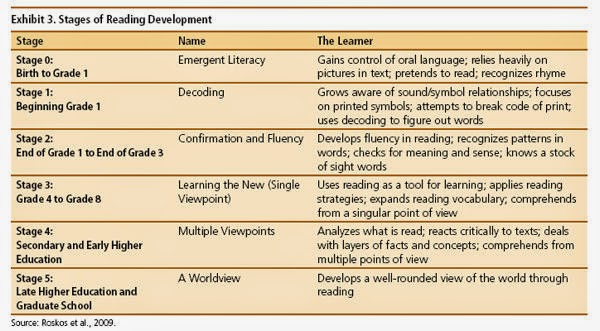
In order for each individual student to act as a subject of educational and search activity, he must interact not only with the teacher, but also with other similar subjects. This means to be the subject of the teaching, the student can, if he does not act next to other students, but independently of them, and together with them, if its activity is deployed in within the framework of the collective educational dialogue.
Skill organizing and maintaining a collective learning dialogue is, I think, the most complex component of the teacher's methodological skill.
The optimal form of the educational process, allowing organize the search activities of students and thereby achieve the goals developmental learning is a collective dialogue in which the content of the next learning task and ways to solve it are determined. Together with Moreover, this form of organization of the educational process has a decisive influence on its communication characteristics.
One type of communication is quite strictly regulated exchange of business information necessary interacting subjects to perform their functions, outside which it loses any meaning, and usually stops.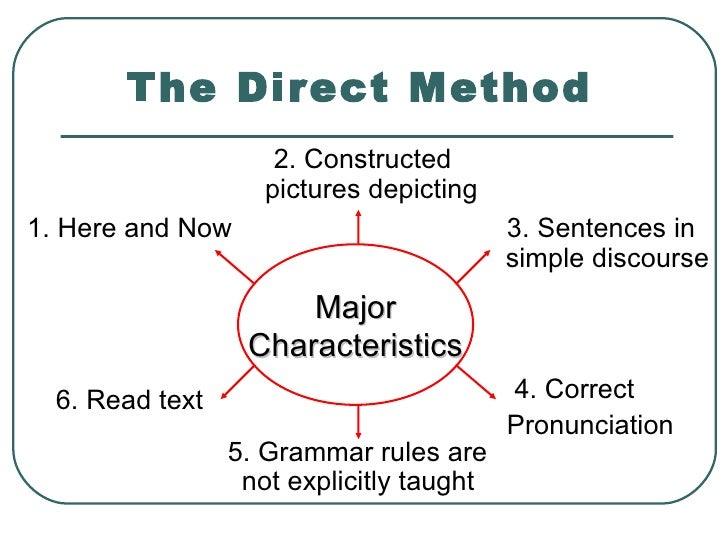
A completely different character acquires communication in the case when subjects interact jointly-distributed activity, connected by relations of cooperation.
Theoretically the developmental education system provides significant impact on the development of the emotional sphere of students. Already by myself learning interest resulting from a reflective assessment of a problematic situation, is a complex emotional experience dissatisfaction with oneself, one's incompetence, projected onto the object actions. It is this experience that causes a state of inner tension, encourages the student to look for the key to understanding the problem situation, does not allow you to be satisfied with a prompted from outside or a randomly found way exit from it.
I believe that developmental education first forms the ability for pedagogical creativity, then a propensity for it, and finally a need for it.
Business information involves sharing knowledge about subject, while communication requires the exchange of thoughts about it, feelings, caused by this subject, its assessments.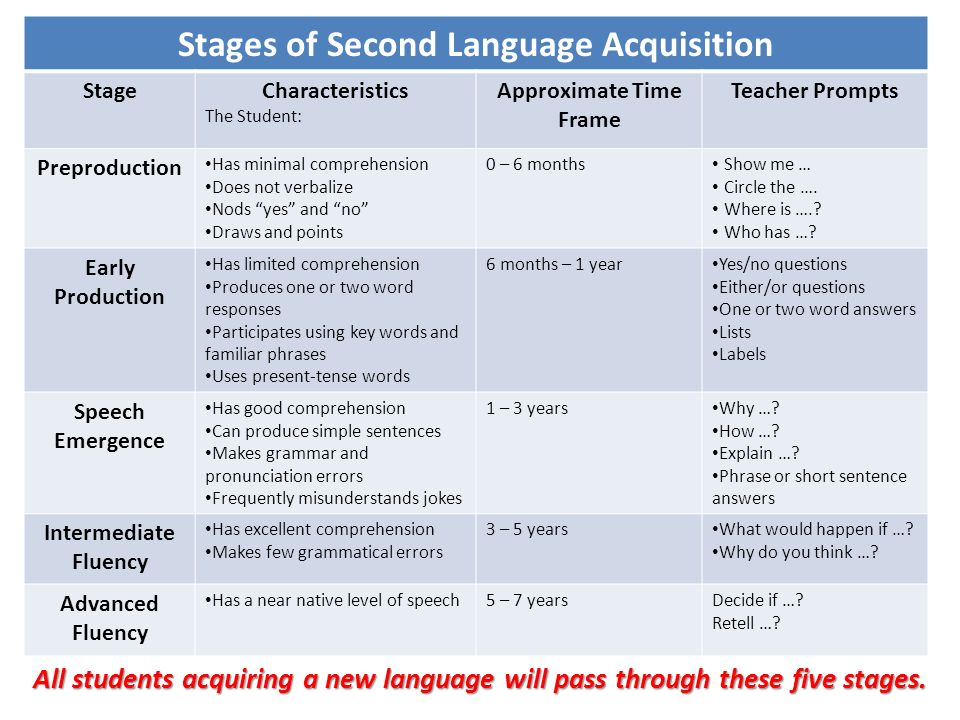
As a result exchange of thoughts, the student comes to a more meaningful and deeper understanding situations, relying on which, he acts much more confidently, and much more more successful. This circumstance gives rise to the interest of the student in such exchange of thoughts with their fellow students and the teacher, which, with favorable conditions quickly develops into a need for business communication with partners in activity as the most important condition for its success.
Simultaneously there is an intensive development of the most important communication skills, without which communication is impossible - the ability to reasonably express one's thoughts and the ability to adequately perceive the thoughts of the interlocutor.
All the main characteristics of developmental education - content and methods, type of learning activity of students, features interaction between the participant of the educational process and the nature of the relationship between them, the form of organization of the educational process and the communications are interconnected and, ultimately, determined by the goals of the developing learning. This means that developmental education can only be carried out as a whole system, in the totality of its components.
This means that developmental education can only be carried out as a whole system, in the totality of its components.
CONCLUSION
With introduction developmental education into mass practice, a number of problems are revealed:
- learning with the traditional system within the same educational institutions.
- Preparation developmental education specialists.
- Insufficient the development of teaching technology in a new educational environment for the teacher a system where the old methods and forms of work are not effective.
Despite the existing problems, the system developmental education, relevant and promising. Many educational institutions Russia has mastered or started to master this system. For the purpose of solving scientific and practical tasks of developmental education, the Association "Developing education”, which brings together scientists, teachers, psychologists from Russia, Ukraine, Kazakhstan and other countries. It can be assumed that the achievements of the national pedagogy and psychology to create a fundamentally new system of developing education will contribute to the formation of education systems that meet the realities of the 21st century, the formation of a new personality: free, highly developed intellectually, able to make decisions independently.
It can be assumed that the achievements of the national pedagogy and psychology to create a fundamentally new system of developing education will contribute to the formation of education systems that meet the realities of the 21st century, the formation of a new personality: free, highly developed intellectually, able to make decisions independently.
REFERENCES:
- Vorontsov A.B. The practice of developing education - M., 1998
- Vygotsky L.S. Issues of child (age) psychology. Sobr. op. - M., 1984
- Davydov V.V. Problems of developing education. – M., 1986
- Dusavitsky A.K. Personal development in educational activities - M., 1996
- Podlasy I.P. Pedagogy - M., 1999
- Podymova L.S., Slastenin V.A. Pedagogy. Innovative activity - M., 1997
- Repkin N.V. What is developmental education? – Tomsk, 1993
- Fridman L.


